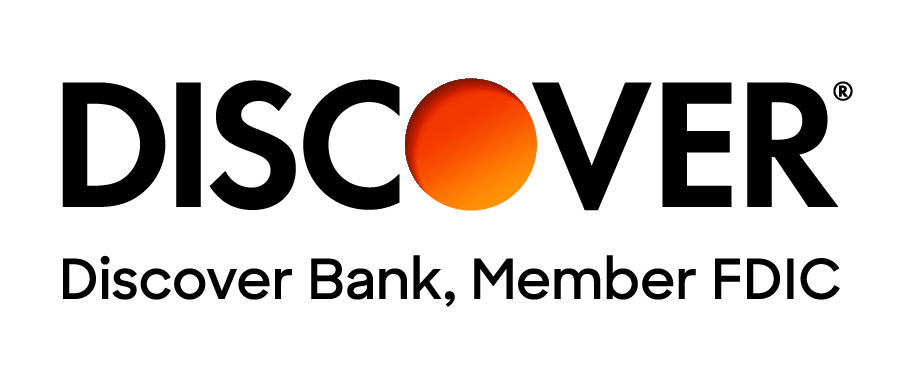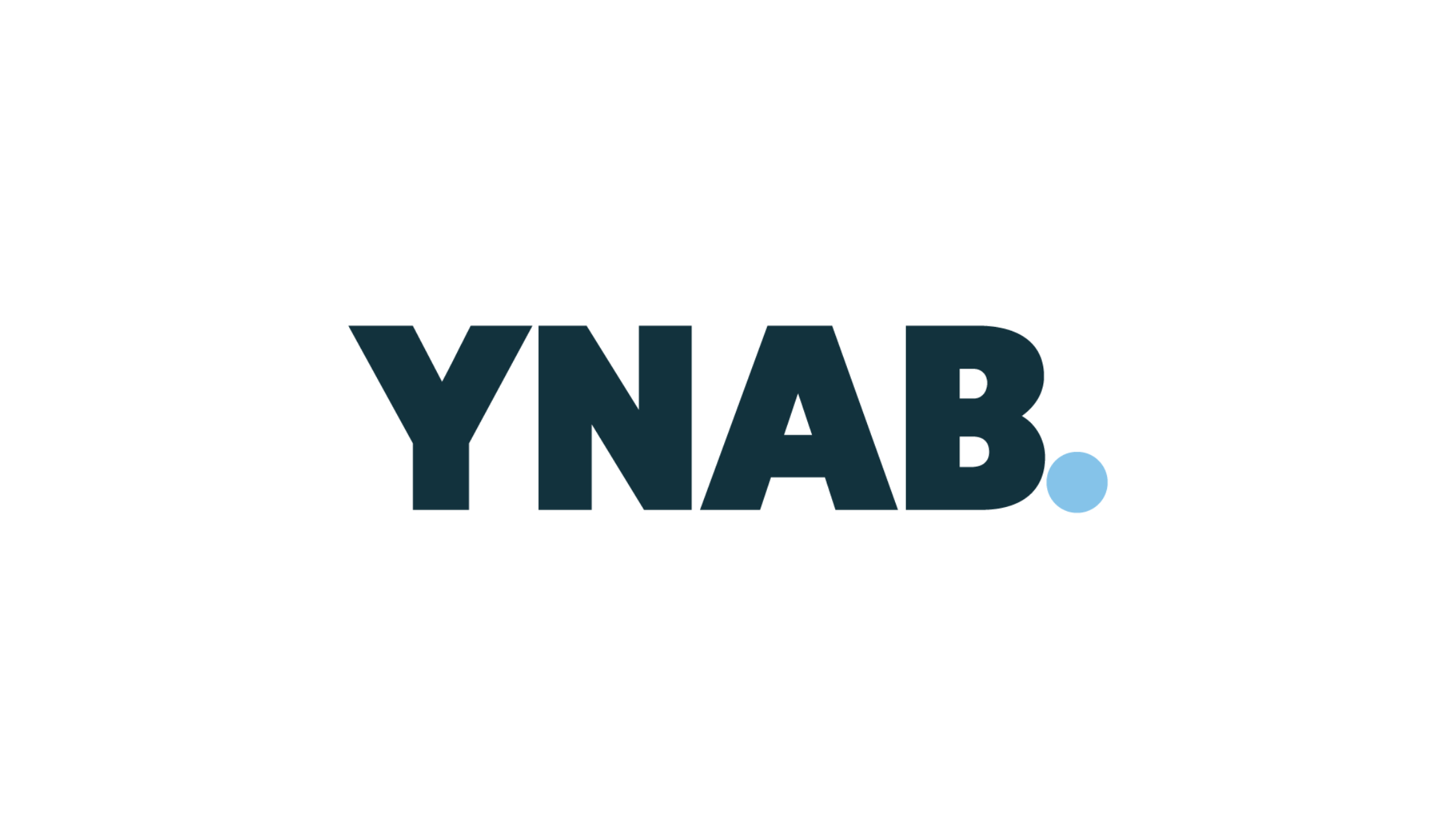The Trump administration has recently introduced proposed changes to the Public Service Loan Forgiveness (PSLF) program and income-driven repayment plans. For student loan borrowers, public service employees, and recent graduates who rely on PSLF, these announcements have raised significant concerns. The administration’s plans include a shift in eligibility requirements and the beginning of a formal rulemaking process through the U.S. Department of Education.
What do these changes mean for borrowers working toward loan forgiveness? Is PSLF still worth pursuing?
PSLF Overview
The Public Service Loan Forgiveness (PSLF) program was established under the Higher Education Act of 1965. The program allows borrowers with qualifying federal Direct Loans to have their remaining balance forgiven after making 120 qualifying monthly payments while employed full-time for an eligible employer. PSLF has been a critical forgiveness opportunity for many teachers, healthcare workers, non-profit employees, and other public servants to manage the overwhelming burden of student debt.
The PSLF Executive Order
Several weeks ago, the Trump administration issued an executive order indicating major changes to PSLF eligibility. A key feature of the announcement is that PSLF would no longer be available to employees working for organizations engaged in a “substantial illegal purpose.” However, this vague language leaves room for interpretation and could redefine eligibility, potentially disqualifying individuals working in certain fields.
Critics of the announcement have pointed out that the proposed changes could contradict the existing Higher Education Act of 1965, which governs PSLF. Legal experts anticipate that attempts to restrict PSLF eligibility through executive order are likely to face significant challenges. Any rule, regulation, or policy that conflicts with the current language of the law could face legal challenges to determine its enforceability.
The Announcement of Negotiated Rulemaking
Last week, the U.S. Department of Education announced that it would begin a negotiated rulemaking process to create formal rules related to PSLF and two income-driven repayment plans, including Income-Contingent Repayment (ICR) and Pay as You Earn (PAYE).
What is negotiated rulemaking?
Negotiated rulemaking is the process federal agencies use to develop and implement regulations under existing laws. The agency, in this case, the Department of Education, will create a committee of stakeholders to discuss, negotiate, and propose language for formal rules. Typically, this process involves the following steps: /p>
- Publishing the agency’s intent to create rules in the Federal Register.
- Establishing the negotiated rulemaking committee.
- Publishing proposed rules in the Federal Register.
- Opening a period for public comments on the proposals.
- Issuing final rules, accompanied by a summary and response to public comments.
Anticipating Legal Challenges
Once final rules are published and implemented, legal challenges often follow, particularly when regulations appear to contradict the original intent of the governing law. For example, changes to PSLF eligibility that diverge from the language of the Higher Education Act may result in lawsuits challenging their legality.
Legal challenges could delay or block the implementation of new rules. This is not without precedent. For example, the SAVE Plan was created through the negotiated rulemaking process but was met with legal obstacles that have blocked the plan since July 2024.
Should I Bother Pursuing PSLF?
The short answer is yes. While changes to the program may occur in the future, PSLF is still a forgiveness opportunity at this moment.
Here are a few steps borrowers can take to protect their progress toward PSLF forgiveness while staying informed of changes to the program:
- Submit Employment Certification Forms (ECF) Regularly
ECFs are used to confirm that your job qualifies for PSLF and that your payments are counting toward forgiveness. Submit this form annually or whenever you change employers to ensure your progress is documented.
- Make Consistent Qualifying Payments
Continue making qualifying monthly payments on your federal Direct Loans. Even if changes occur, it’s unlikely that retroactive payments will suddenly lose eligibility.
- Stay Up to Date on Policy Developments
Given the ongoing announcements and rulemaking process, it’s important to stay informed. Follow updates from reliable sources, such as the Federal Student Aid website.
- Avoid Panic, but Stay Vigilant
It’s natural to feel unsettled by potential changes to PSLF. However, the program still exists, and changes involving executive orders and federal rulemaking processes often take months to finalize. On top of that, if there are legal challenges, the implementation of the rules modifying the program may be postponed or blocked.
Protect Your Progress and Stay Connected
The Trump administration’s proposed changes to PSLF have complicated an already opaque process for borrowers. With new rules under development and legal challenges on the horizon, it’s essential to stay proactive, informed, and prepared.
If you’re currently working toward PSLF forgiveness, make sure you’re staying compliant and up to date by submitting Employment Certification Forms, adhering to your repayment plan, and monitoring policy updates.







